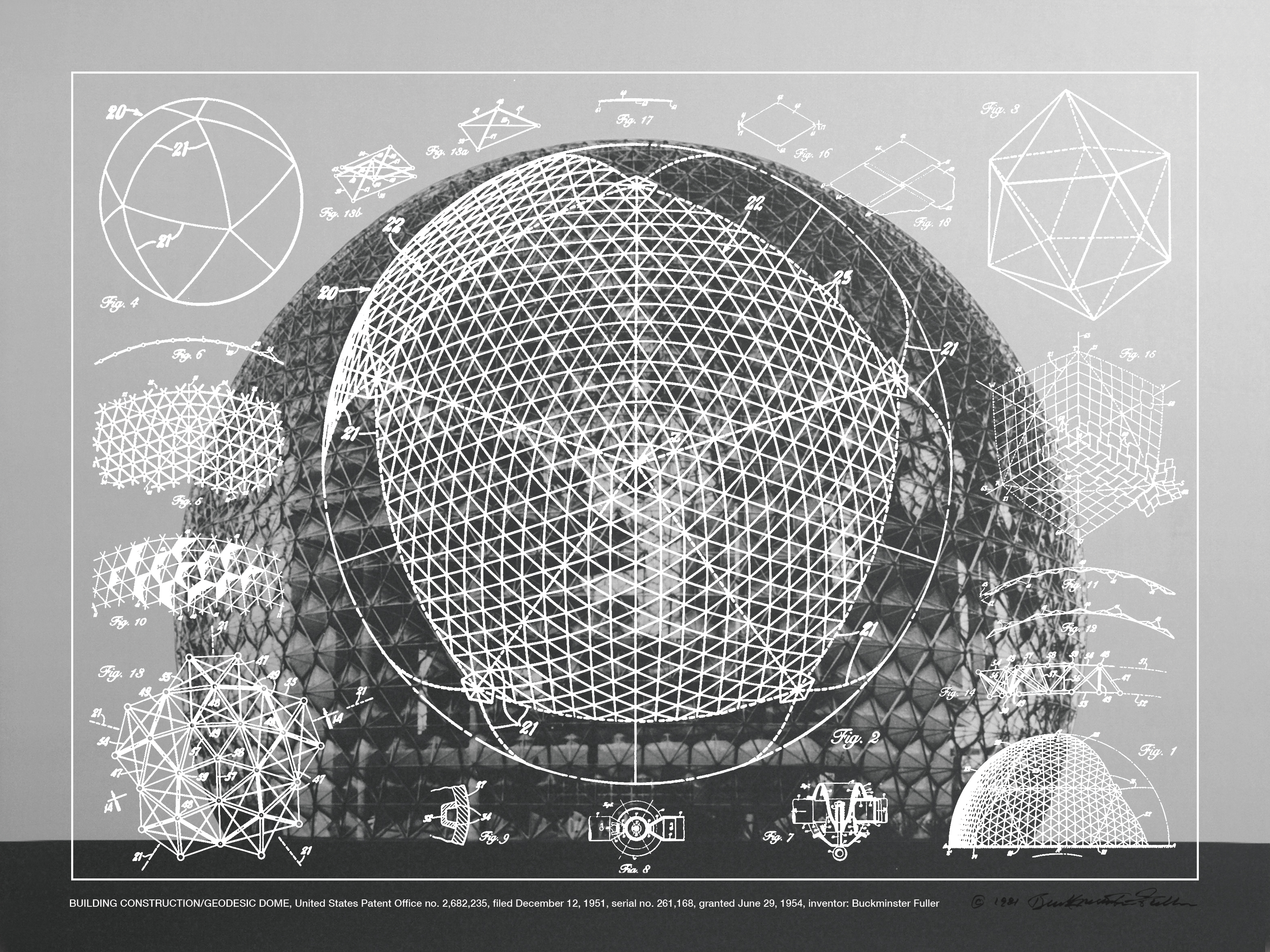From political posters to portable devices, discover how the egalitarian spirit of design in California has changed the way we live, learn, work and communicate
An ongoing exhibition at London’s Design Museum explores how Californian design has given us the tools for unprecedented personal freedom by transforming the way we see, speak, make, travel and share. California: Designing Freedom traces the roots of modern technology and the legacy of Silicon Valley – including its cultish corporatism – back to counterculture movements and the hippie modernisms of the 1960s.
In this sweeping celebration of California as a nucleus of pioneering design and technology, curators Justin McQuirk and Brendan McGetrick make connections between the free speech movement and social media, LSD and virtual reality, self-reliant communes and online communities, as well as many other equivalents, in order to argue that design drives the egalitarian spirit of California’s techno-utopia.
The exhibition is ultimately about understanding the age of the individual. The freedom to say, to see, make, go where, and join what you want are its five organising themes. Taking the 1960s as its starting point, some 300 items, from political posters to portable devices, come together in the first show to position the Golden State as a self-made design capital of the 21st century, highlighting how Californian products now shape our daily lives.
It is an ambitious and at times overwhelming survey, with early Apple prototypes sharing the space with a replica of the Captain America chopper from the 1969 film Easy Rider. Highlights include artist and activist Gilbert Baker’s original 1978 design for the Rainbow Flag, Ridley Scott’s first commercial for Apple in 1984, and back issues of The Whole Earth Catalog (a pre-internet publication providing access to tools, information and ideas). There is even a vitrine of LSD blotting paper. “It’s the only drug where you’re consuming a piece of graphic design,” co-curator Justin McQuirk joked.
A question left unanswered by California: Designing Freedom is whether the spirit within which something is made is more important than its application. When drawing parallels between California’s history of counterculture and the shared values of Silicon Valley, the downsides of technology, the internet and individualism at large are not addressed head-on. New phenomenons like self-surveillance are mentioned, but their potential for abuse is never fully implicated. In other words, the cost at which some of our newfound freedom comes is left unaccounted for. But perhaps that’s a story for another exhibition.
California: Designing Freedom is on show at the Design Museum in London until 17 October




